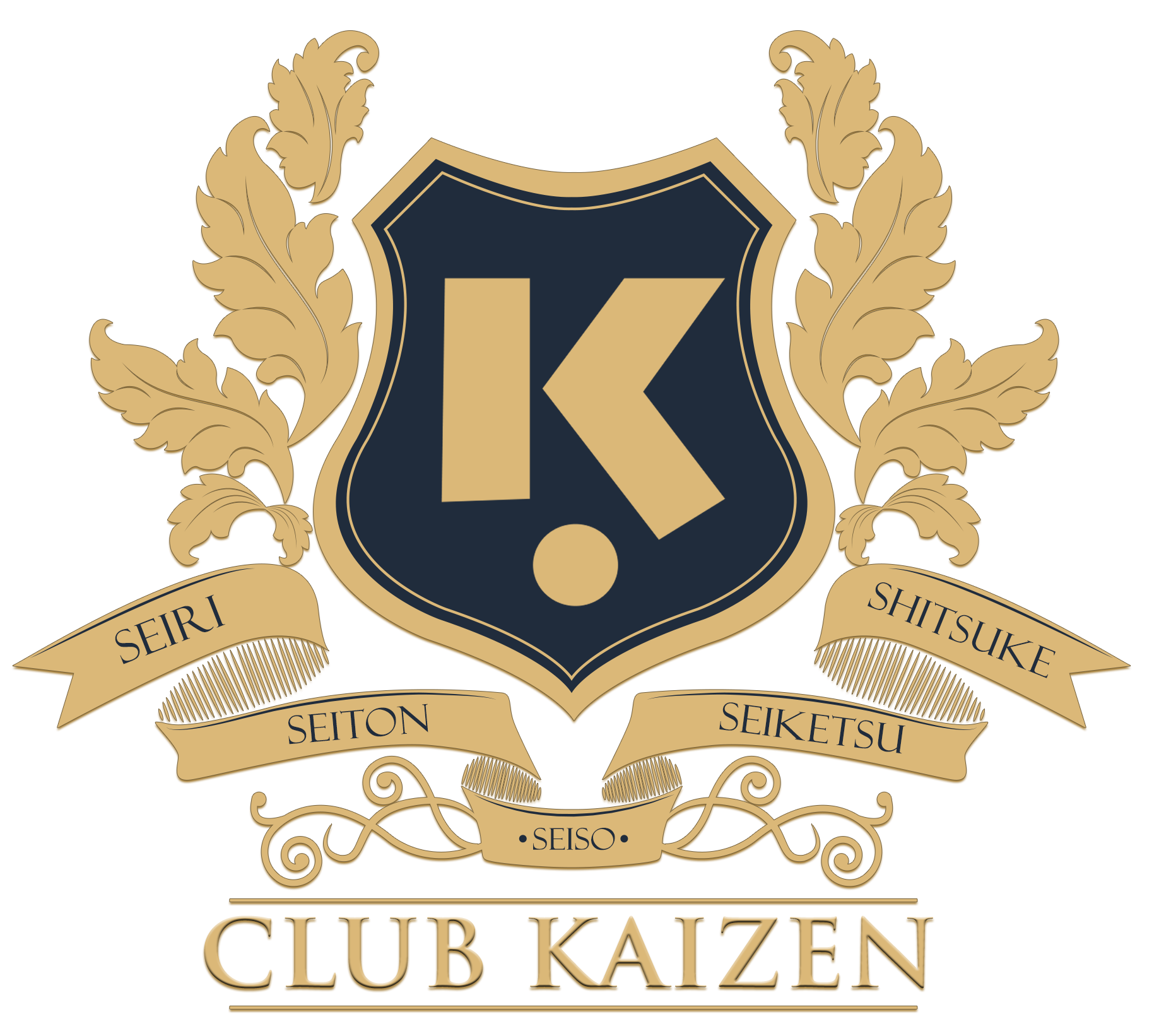
The idea of incorporating environmentally sound practices into the established supply chain is known as a sustainable or green supply chain. The need to incorporate changes towards sustainability is imminent and organizations around the globe are already transitioning towards sustainability using the 3CIs i.e. Continuous Innovation, Continuous Improvement and Continuous Interactions. ITC, PepsiCo, Coca-Cola, ONGC, TCS, State Bank of India and L&T are some organizations that have ventured into this space in India.
The transition towards sustainability can involve procedures including choosing a supplier and buying supplies, designing a product, making and assembling it, distributing it, and managing its end-of-life. The green supply chain involves value addition and/or value creation through the operations of the entire chain, as opposed to mitigating the negative effects of business and supply chain activities. Unquestionably, the primary objective of a green supply chain is to reduce air, water, and waste pollution. On the other hand, green operations also improve a company’s performance by reducing waste production, reusing and recycling products, cutting manufacturing costs, increasing asset efficiency, cultivating a positive reputation, and increasing customer satisfaction.
As environmental consciousness grows globally, businesses are coming under intense pressure from various stakeholders, including the government and consumers, to reduce their negative environmental impact. In order to gain a competitive edge, the corporate sector must take into account integrating sustainable practices into their business processes in the manufacturing and service sectors. Since the last few decades, the effects of climate change, waste, and air pollution issues have grown, drawing more attention to the need for specialists to think more sustainably and create the best available solutions.
India has already developed into one of the largest economies in the world and is a prestigious member of the trillion-dollar club. In this scenario, the environment and ecology have been severely impacted by the rise in energy demand and consumption, the rise in greenhouse gas emissions, and the scarcity of vital natural resources including land, water, and oil. These problems require immediate attention and priority treatment. Consumers in today’s technologically advanced society are more aware of and engaged with ecological issues, and as a result, they are adapting their behavior to fit a socially responsible lifestyle.
Going green can help businesses make long-term profits while simultaneously saving the environment and reducing their influence on it.
Additionally, the media generates beneficial attention for the businesses that carry out green efforts. Positive media attention for going green can improve the company’s reputation greatly. Therefore, businesses who actively participate in going green will become more visible and credible. Putting in place a green initiative program also guarantees that businesses will abide by any future environmental legislation or regulations.
Thus, green supply chain management (GSCM) is becoming more important as a result of the depletion of raw materials, degradation of the environment, overpopulation of wastelands, and rising pollution levels. In today’s cutthroat business market, it’s important to be environmentally friendly in addition to having stronger commercial acumen and profits.
Green SCM can help organisations in the following ways:
Savings: The green movement offers chances for long-term savings. Companies must demonstrate their long-term commitment by sticking with the GSCM investment.
Lower risk: Companies can minimize risks that frequently result in expenses or losses by purchasing greener goods or services. Environmentally friendly measures can be used and followed to reduce risks such as those associated with illegal extraction techniques.
Increase in revenue: Leveraging tools like green supply-chain management, businesses are competing to increase the efficiency of their business processes and decrease the use of energy and materials.
Indirect yield: – Being environmentally friendly allows an organization to significantly cut waste, safeguard natural resources, and improve its brand image.
Organizations can adopt various strategies to enhance their supply chain towards sustainability further. It involves strategies and policies like biomimicry, Environment friendly product and package, Adoption of clean technologies, Green Stakeholders, Waste Management, Reverse logistics and e-waste management.
The relevance of the supply chain’s sustainability will only increase over time, according to the industry. It takes continuous time and effort to implement and improve the green capabilities. The organizations’ current methods of operation are harming the environment, not just in India but all around the world. Soon, the harm done to our planet will be irreparable. The businesses are working hard to create environmentally friendly production facilities. Green distribution and warehouse strategies have helped businesses become leaner and more effective. As the idea is still in its infancy in India, there is not a lot of awareness of green SCM. raise awareness and distribute knowledge about GSCM practices and highlight the advantages for businesses in terms of cost and efficiency, a framework must be put in place. The management of the green supply chain should be viewed as a vital component of the company by the leaders as it can contribute to cost competitiveness and value creation over a longer period of time.
References:



